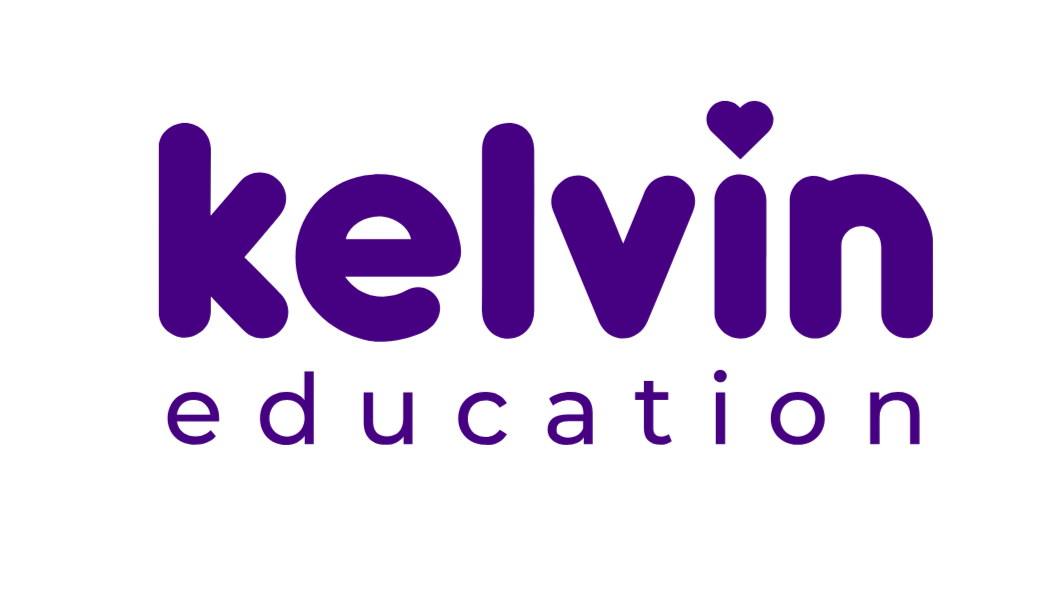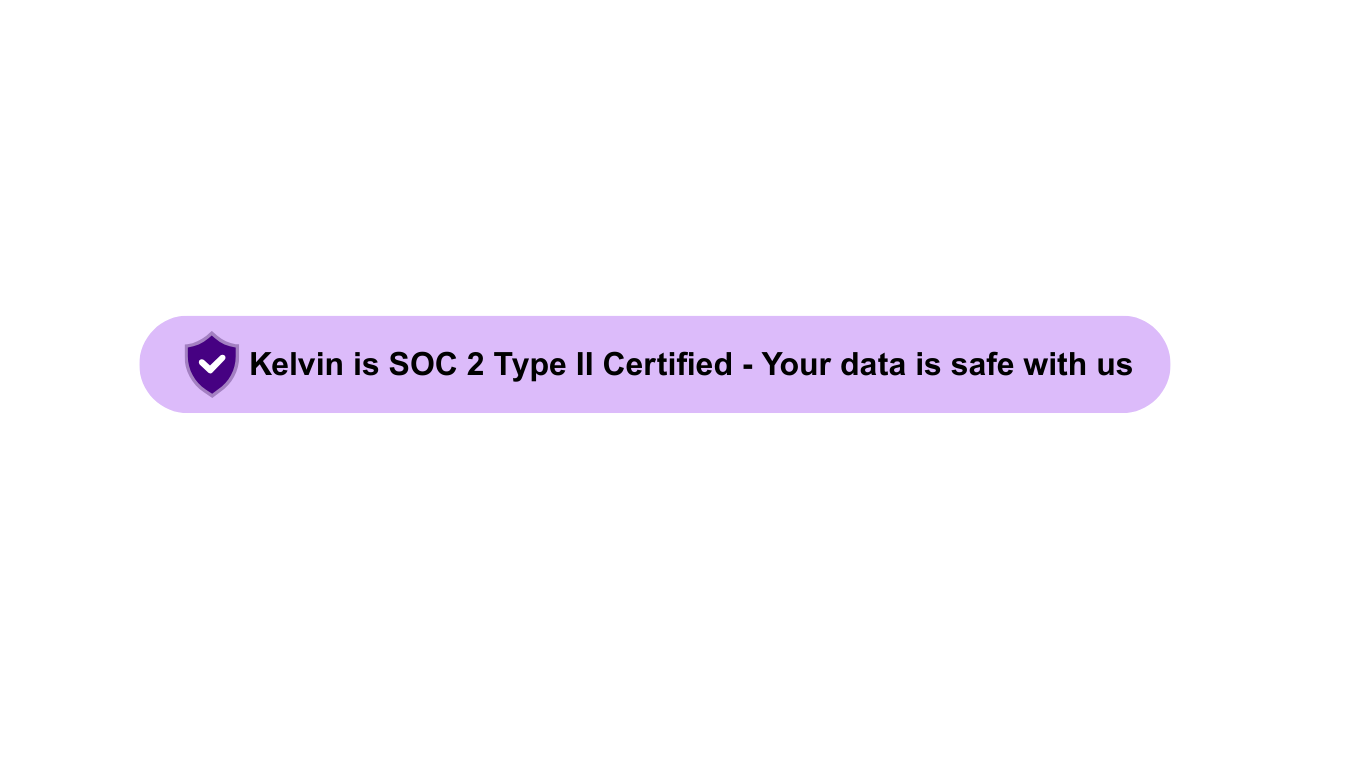Trusted by 250+ Districts
1M+ Voices Heard: Students, Staff, Families
Hear Every Voice
Real-time surveys and insights that help you understand what students, staff, and families are really thinking, so you can act before it’s too late.
Trusted by 250+ Districts and Charter Networks
Serving over 1M students, staff, and families
Districts save BIG with Kelvin Pulse.
Unlimited Pulse surveys for students, staff, and families
Direct SIS integration & board-ready reporting
Access to 1,000+ research-validated questions
Dedicated customer support
Fully customizable to your district’s context
Our founders dropped out of school because their voices went unnoticed. We build affordable tools to ensure every student, parent, and educator is heard.
Over 1,000 students
$2 per student annually
Under 1,000 students
$2,000 annually
*We offer alternative, flexible pricing options
Helping you hear every voice
| Feature | Kelvin | Google Forms | Panorama | Qualtrics |
|---|---|---|---|---|
| Chrome Extension | ✔ | ✖ | ✖ | ✖ |
| SMS Surveys | ✔ | Limited | Limited | ✔ |
| Real-Time Reporting | ✔ | Limited | ✖ | Limited |
| Pulse In Any Language | ✔ | Manual | Limited | ✔ |
| AI Sentiment | ✔ | ✖ | ✔ | ✔ |
| Research-Validated Questions | ✔ | ✖ | ✔ | ✔ |
| LCAP Templates | ✔ | ✖ | ✔ | ✖ |
| Direct SIS Integ. | ✔ | ✖ | ✔ | Limited |
| Real-Time Alerts | ✔ | ✖ | ✖ | Limited |
| Low-Burden Setup | ✔ | ✔ | ✖ | ✖ |
| Dedicated Customer Support | ✔ | ✖ | For A Fee | General Support |
30+ States
8100 +
Pulses Given
1M+
Students, Staff, & Families
Kelvin, CalHOPE, California DHCS, and Sacramento COE partnership (2023-2025)
The problem
Does this sound familiar?
Old, Stale Data...
You administer a survey, and it takes weeks to get results.
By then, it’s too late to act.
You Are
Busy...
Manual surveys and reporting eat up your time.
You shouldn’t have to collect and disaggregate data yourself.
Low
Participation
Students, staff, and families see another survey and think:
“Not again…”
Meeting compliance is good. Using your data to transform student outcomes is better.
The Kelvin Solution
Kelvin Pulse:
Our survey and data tool that makes hearing from your school community simple.
Step 1: Gather
Flexible surveys. Higher participation.
Pulse makes feedback effortless.
Customizable surveys to meet district priorities and school-level needs
Survey students, staff, or families
Pre-built, research-validated screeners.
The option to send surveys in any language.
Plus, the “Would you like to speak to an adult?” feature instantly flags students who need support.
Step 2: Understand
Board-ready, Real-time reporting.
9+ report options
Direct SIS integration for dynamic rostering
Fast, detailed disaggregated data
District to student-level insights
Filter by subgroup (Program, MTSS Tier, Race, Grade, etc.)
Reveal “Why” with qualitative and quantitative feedback
Seamlessly Connects With Your SIS:
Powerschool, Infinite Campus, Synergy, Aeries, and more
Step 3: Act
Turn insights into action.
Use data to secure funding
Boost attendance
Cut teacher turnover
Collect MTSS/PBIS data
Meet state/federal mandates
Run data-driven board meetings
Enhance mental health & safety
Engage student groups with “User Group Creator”
Hear from our AMAZING customers!
Elevate student, staff, and family voice today
Book a 15-minute discovery call to learn more
















